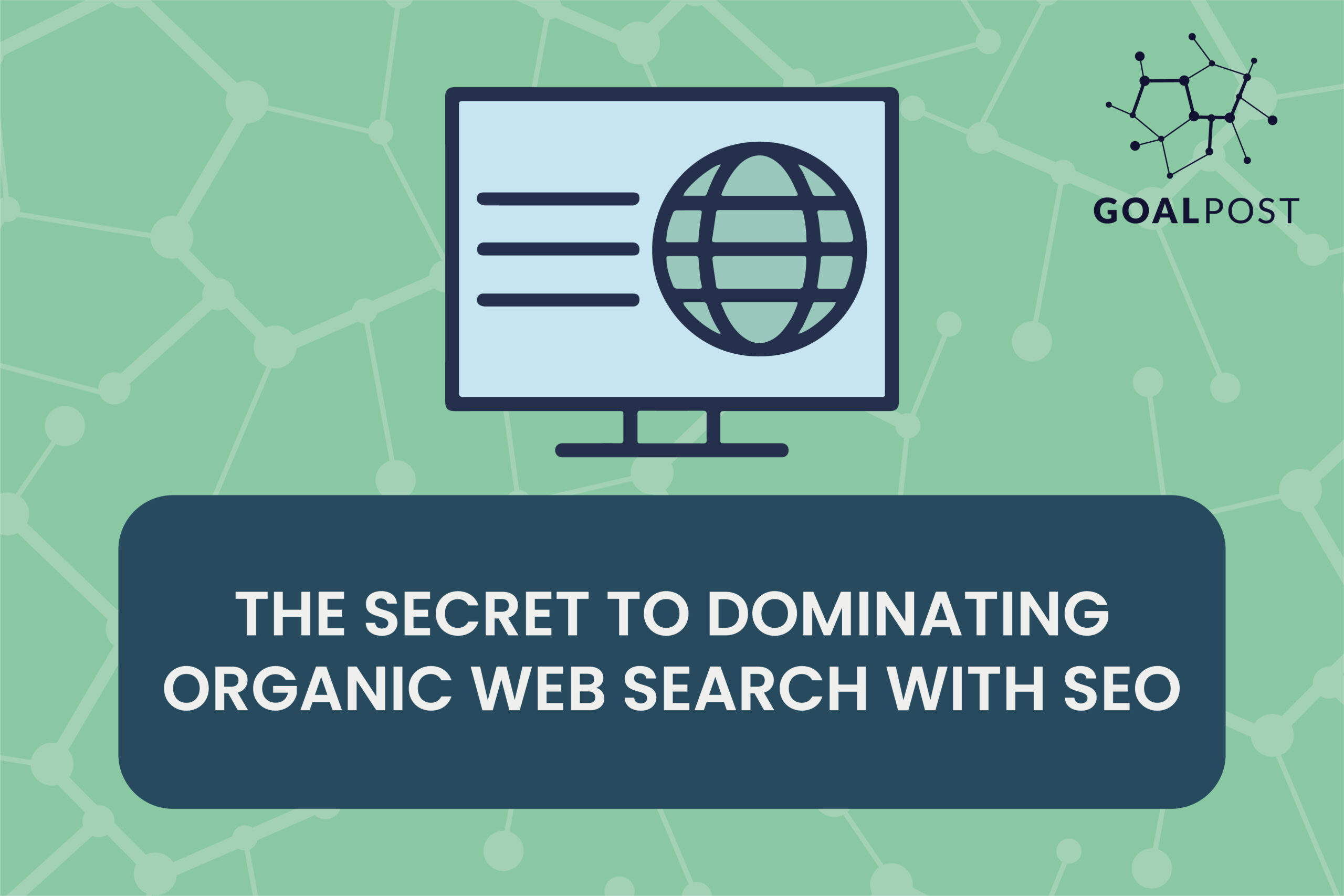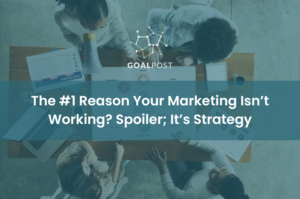A search engine site like Google sees over 3.5 billion unique searches every day.
Do you want your business to be one of the top results appearing as the answer to your customer’s burning questions? In that case, you need to understand SEO.
SEO, also known as search engine optimization, works by matching search intent with the correct webpage to answer the user’s question.
The more relevant keywords and phrases your web page contains, the higher the likelihood that your website will be the one to pop up first in response to your customer’s global search.
But simply throwing together a handful of keywords isn’t good enough. Nowadays, the competition for keyword ranking is steep. Therefore, businesses need to know how to score rankings using finely tuned tactics and marketing strategy.
Here are four ways you can use SEO to organically drive your business to the top of search engine rankings.
1. Create Authoritative Content
The days of creating content for the sake of content are over.
Now, search engines crawl pages and gauge the value of the words using a variety of tools. This means that simply throwing up a 3,000 word blog that’s rich in keywords isn’t going to cut it. If anything, poor content and sloppy writing will send your site to the bottom of search. As a result, you will be beneath your competition.
When you produce content, do it to add value to the lives of your readers. More than simply surfacing in web search, a well-written blog will also drive traffic to your site through organic shares, actual time spent on the page, and backlinks created from people who share or reference your article on social media.
2. Utilize Off-Page SEO
Yes, optimizing your site and product pages is critical to directing users to your online offerings. Although, it’s only one part of mastering keyword optimization.
Guest blogging, backlinks, and influencer marketing are pillars to a comprehensive SEO strategy. Beyond simply having a single website packed with valuable content (yours), you can cast a wide net by strategically directing web users to your site by peppering your content around various pages, channels, blogs, and videos.
Explore the power of hiring an influencer to feature your product on their social media channels. Invite a thought leader to co-author a blog and post it on their personal domain. The more places your content lives online, the higher the chances users will find your content and land on your website.
3. Target Local SEO
Your business might have over a dozen trending keywords that are relevant to your industry, but the truth is, you may only rank for one or two.
Competition for search engine rankings is high, and having a strategy in choosing your target keywords is essential to capturing your audience.
Look for words that have high search value and low competition — meaning, a lot of people are Googling those keywords, but not many sites are surfacing in the results.
For example: say you’re a local bakery, and want to target moms shopping for birthday cakes. Instead of optimizing your webpage for words like ‘bakery’ or ‘cupcakes’, try ‘custom birthday cakes’ or ‘best bakery near me’.
The more you can position your web page or product as an answer to a question, the higher likelihood that your site will be suggested.
4. Prioritize a Better User Experience
Getting people to your website isn’t enough — you need to keep them there by creating content that adds value, speaks authoritatively, and answers questions.
SEO helps create a positive online experience for customers because it allows them to find everything they need in one place — ideally, your website.
Better site organization, catchier headlines, and dynamic text all enhance user experience. The result? It’s far more likely potential customers will invest their time and money into your business.
At Goalpost Group, we help our clients break the cycle of bad marketing using strategy, structure, and killer content that drives sales and wins the day. Get in touch with a member of our team to learn more about how we can help transform your marketing.





